I call this the Hallelujah Tree. Sunlight shone down on its crown and through the canopy to the ground, lighting up the trail before us. Its ‘arms’ were raised in praise of this glorious day, and it was framed by a chapel door of trees. After walking through the heavily shaded forest, the light was notable. Another notable was how dry the forest floor was, not only on the trail but throughout the stand of Maples and Basswood. The undergrowth was stunted and almost barren-looking from too long a lack of moisture. We were less than an hour from home, where grass and growing things were more nourished, and I could hardly get over the stark, unexpected difference.
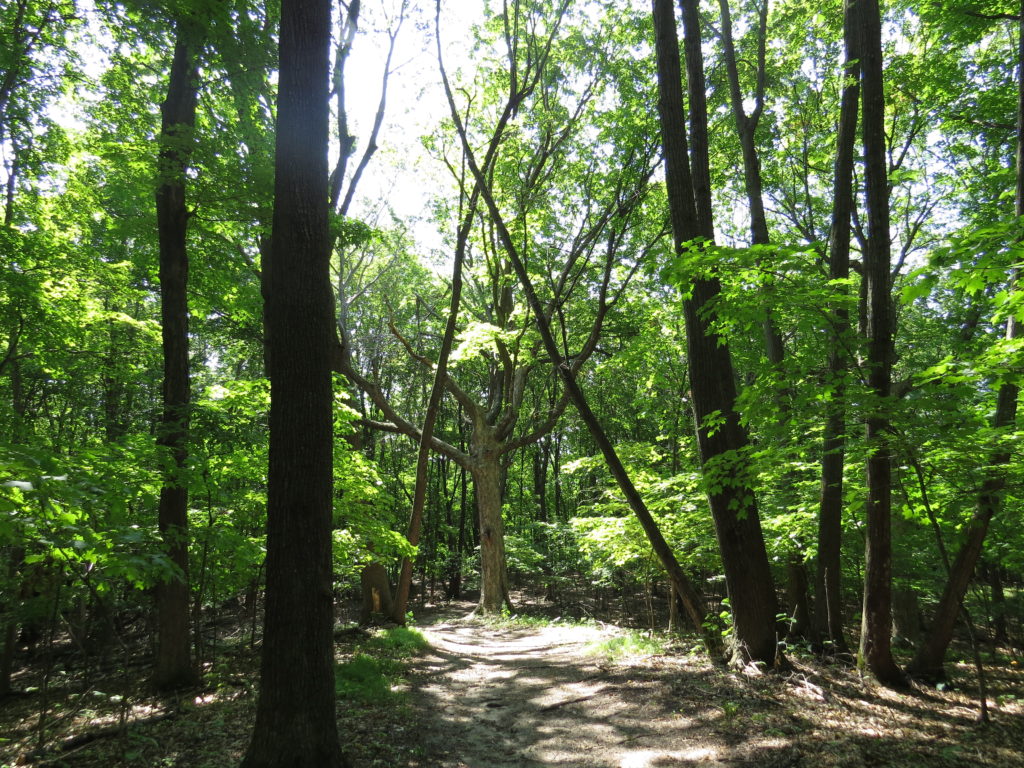
A hardy resident of the dry forest jumped on the sandy trail. He didn’t seem concerned…about anything. American Toads are the most abundant toads in Minnesota. I liked his orangish-red speckles on his legs and back.
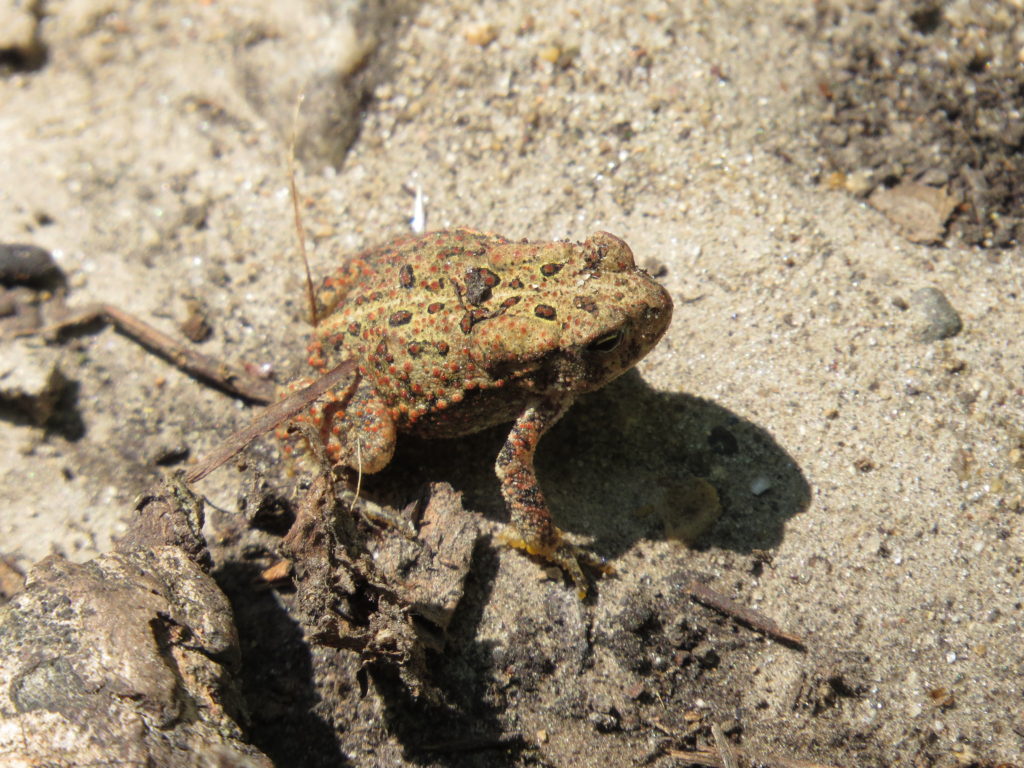
As with any forest, there were many broken trees, but this one caught my attention. It was a relatively new break, still attached to the tree, and the break seemed complex. It looked like there was a burl at the break site, a place where insects or fungi invade and the tree grows ‘scar’ tissue around it.
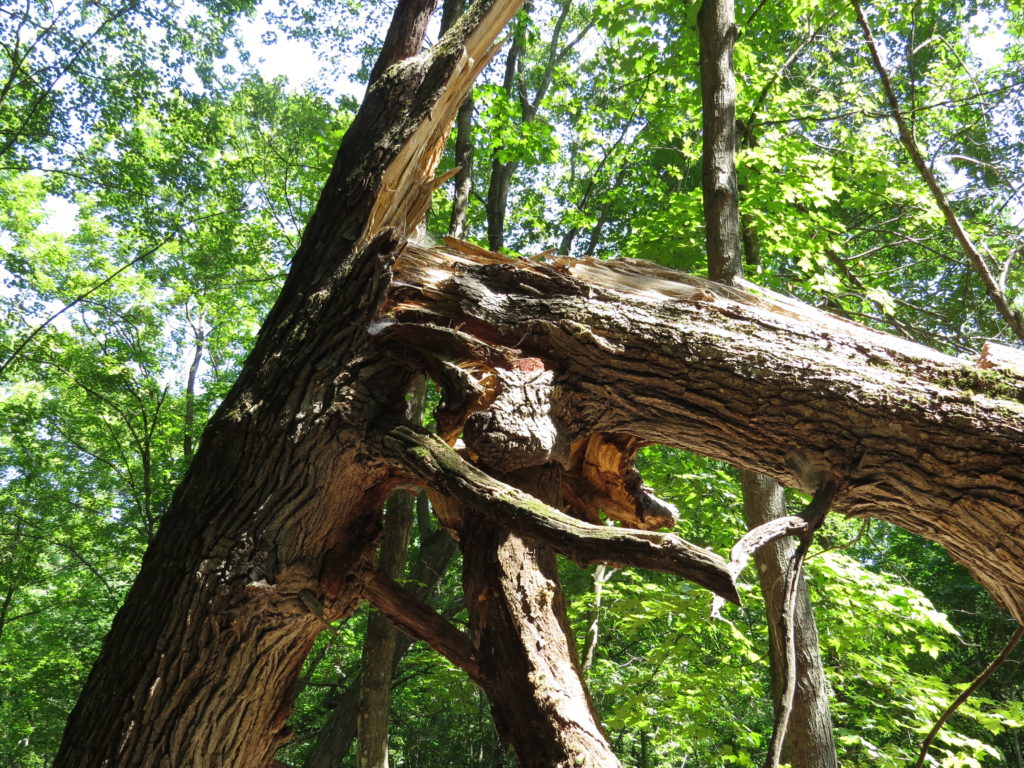
We hiked by the dry wetland of the park that usually has standing water and squishy trails. We found blooming Goldenrod and Joe Pye Weed, though they were far from robust, so even the wetland was suffering from the drought.
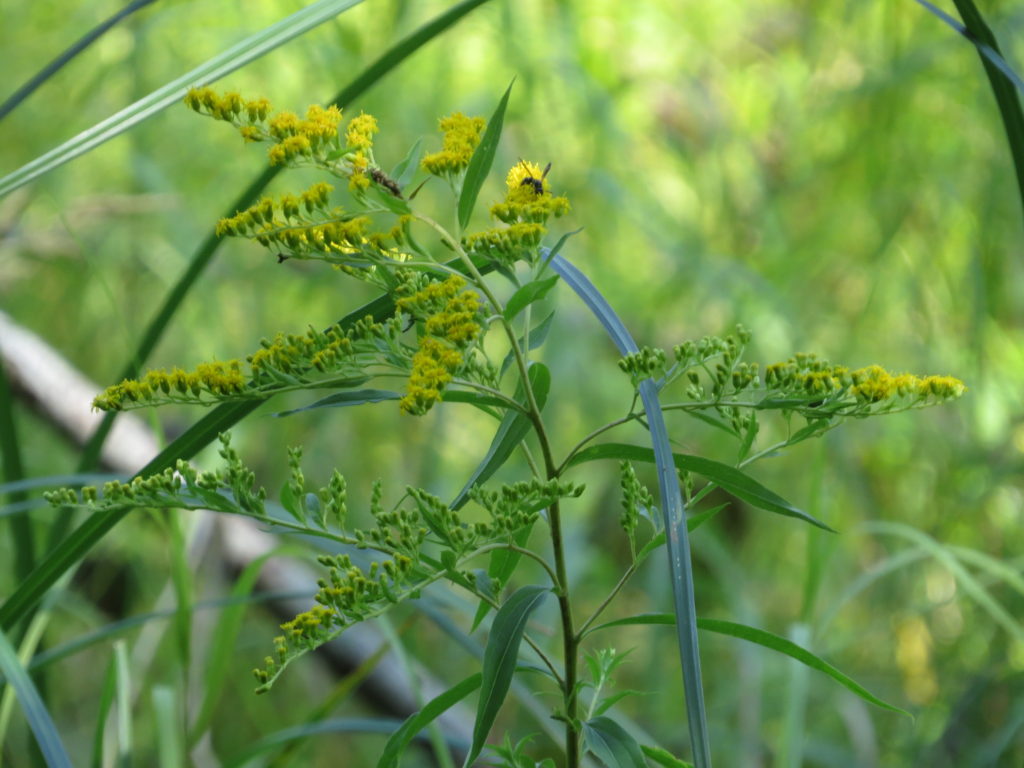
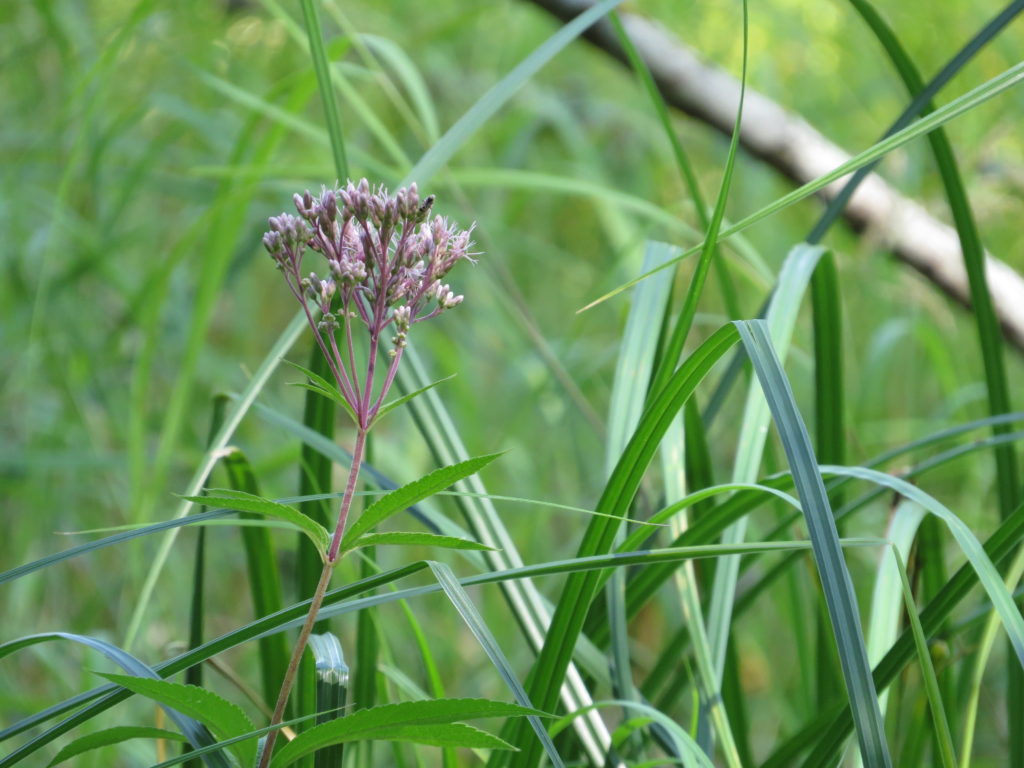
We did, however, see the tallest Jack-in-the-Pulpit I’ve seen in a long time! It had little competition from other plants besides the small Jewel Weeds growing at its feet. The cluster of green berries will turn bright red towards Fall, attracting birds and rodents. But beware, the leaves, berries, and roots can cause painful irritation if humans touch it.
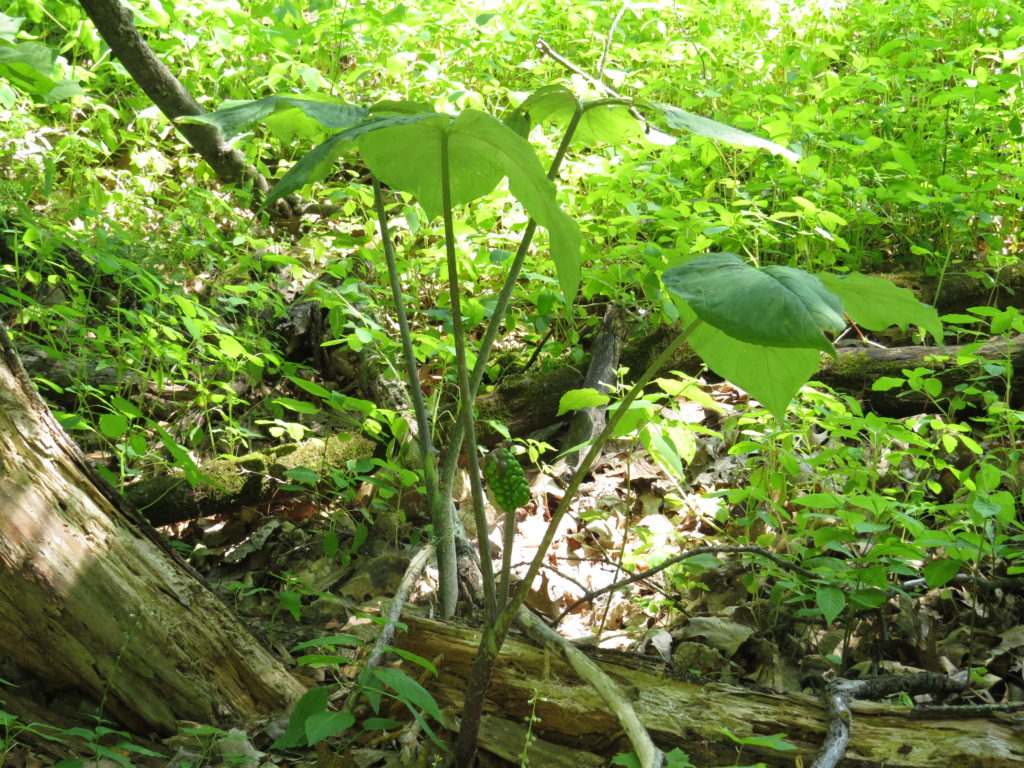
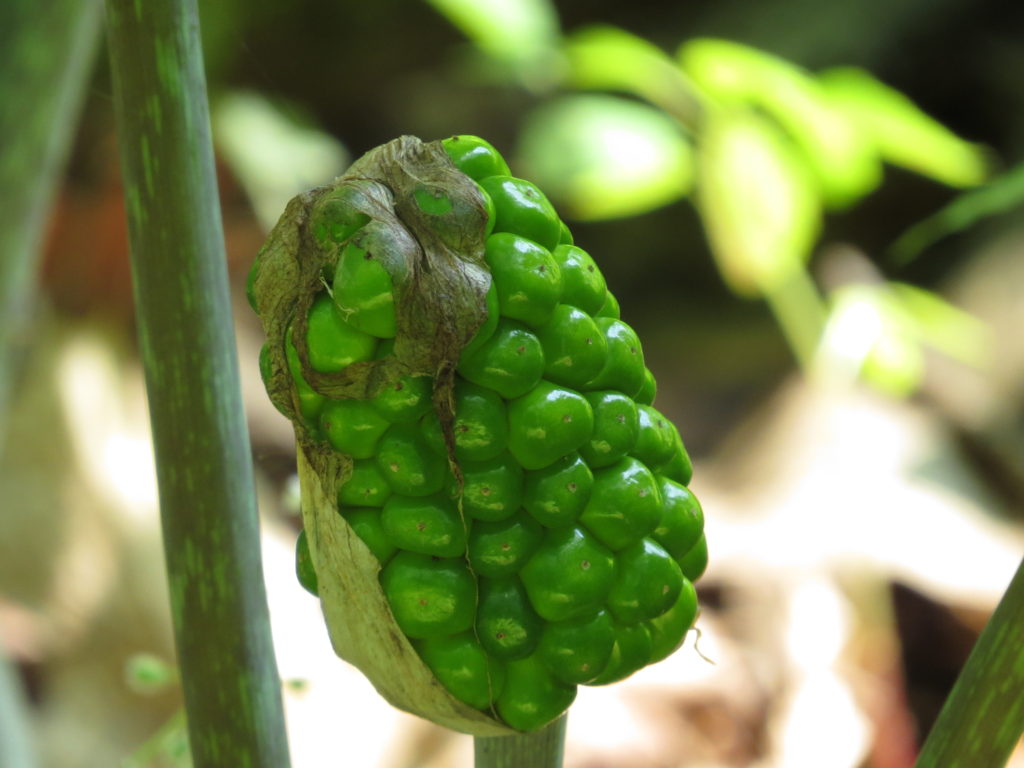
The wetland abruptly ended as the ground cover of ferns stopped, and brown, crunchy leaves took over.
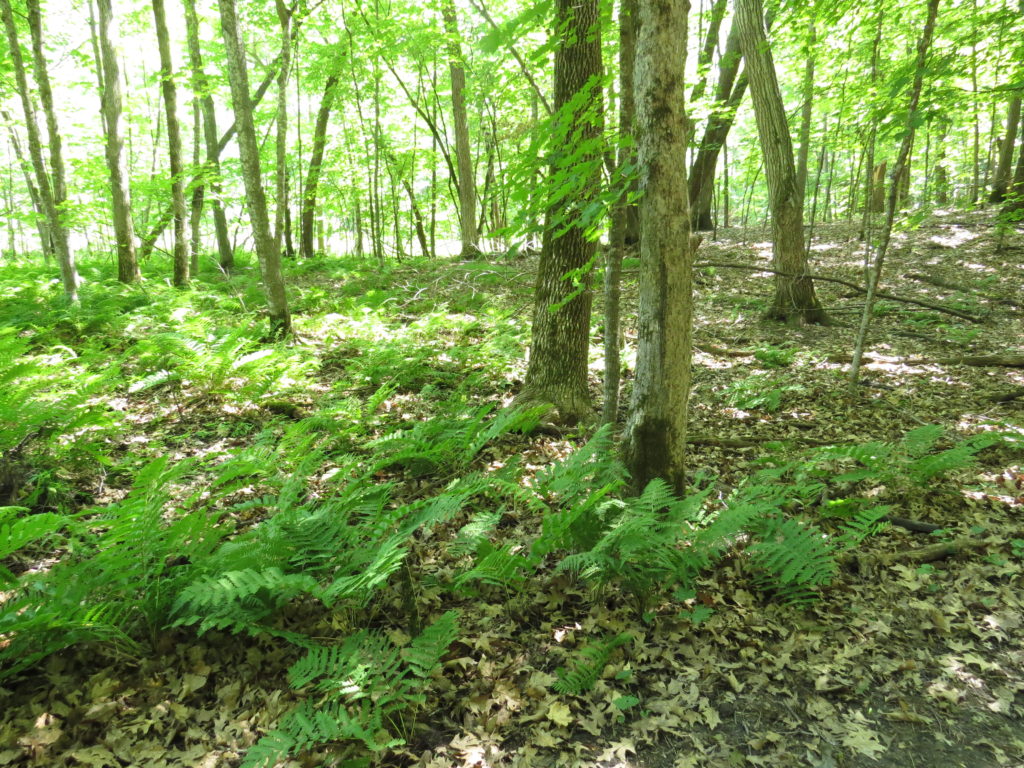
Almost every lake in Minnesota has a resident Loon, and this small lake was no exception. The Loon seemed unpaired so was probably a yearling. But he took great care in preening and cleaning his feathers, having the advantage of living in his own large bird bath! Hallelujah!
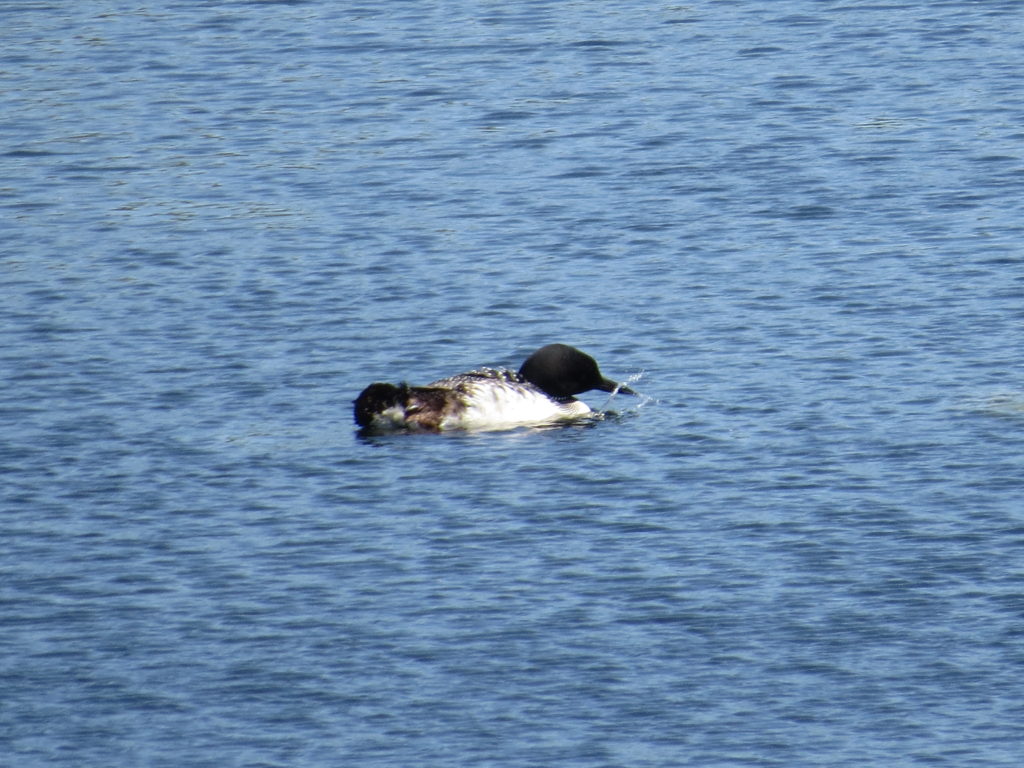
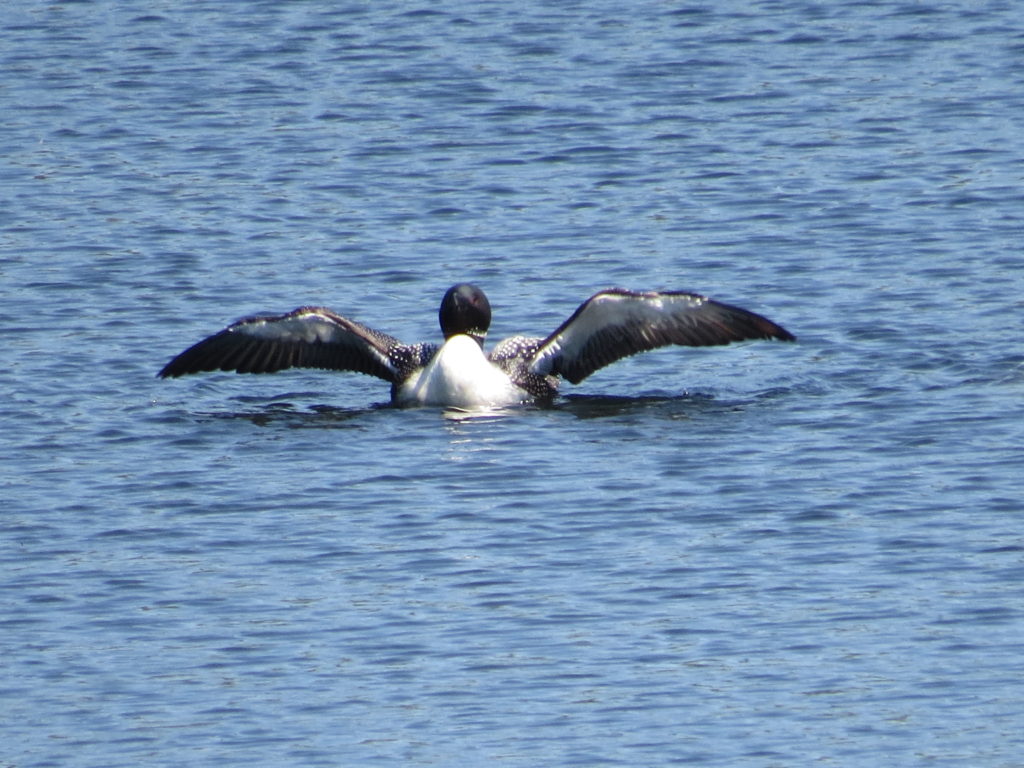
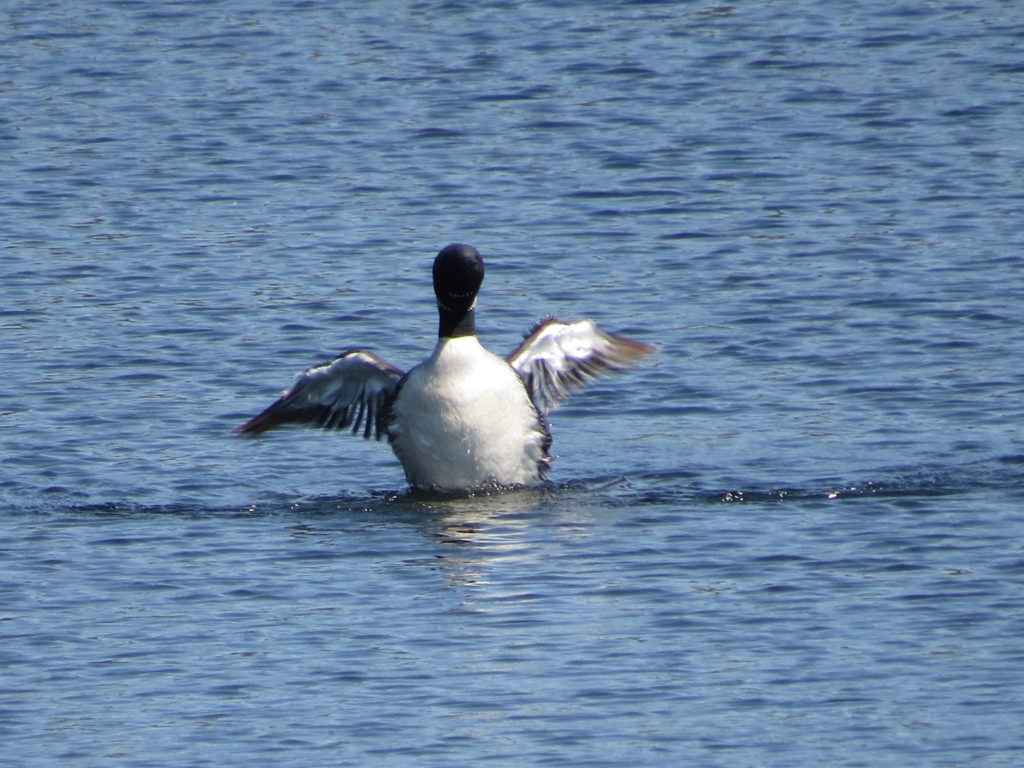
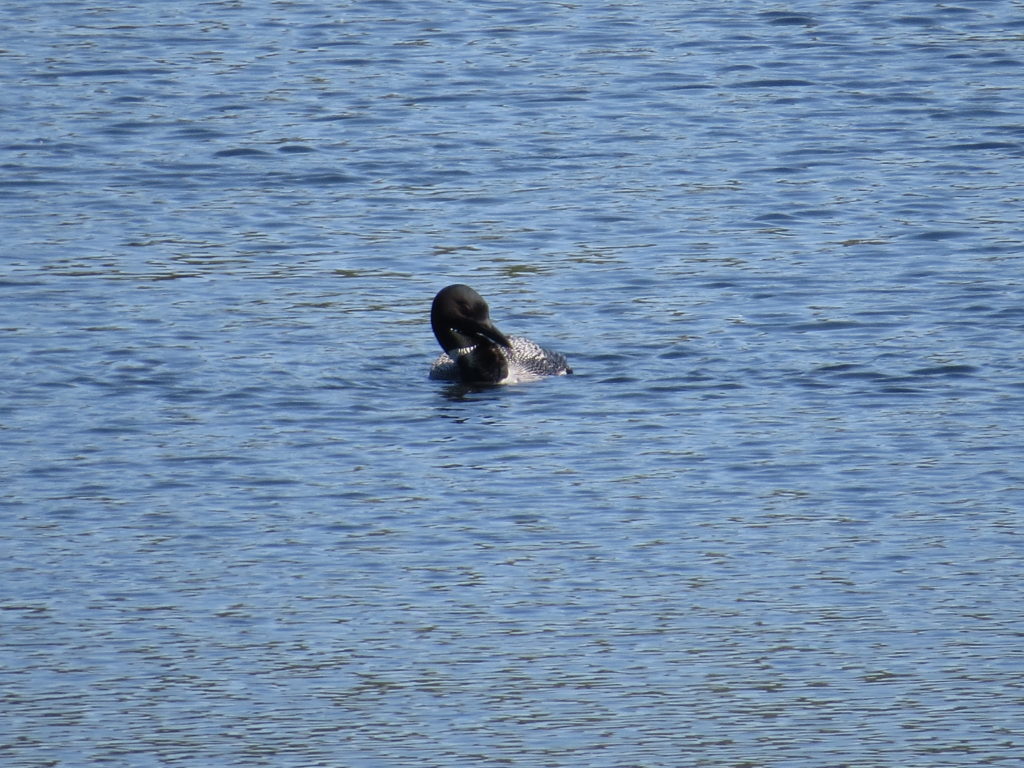
Handsome!
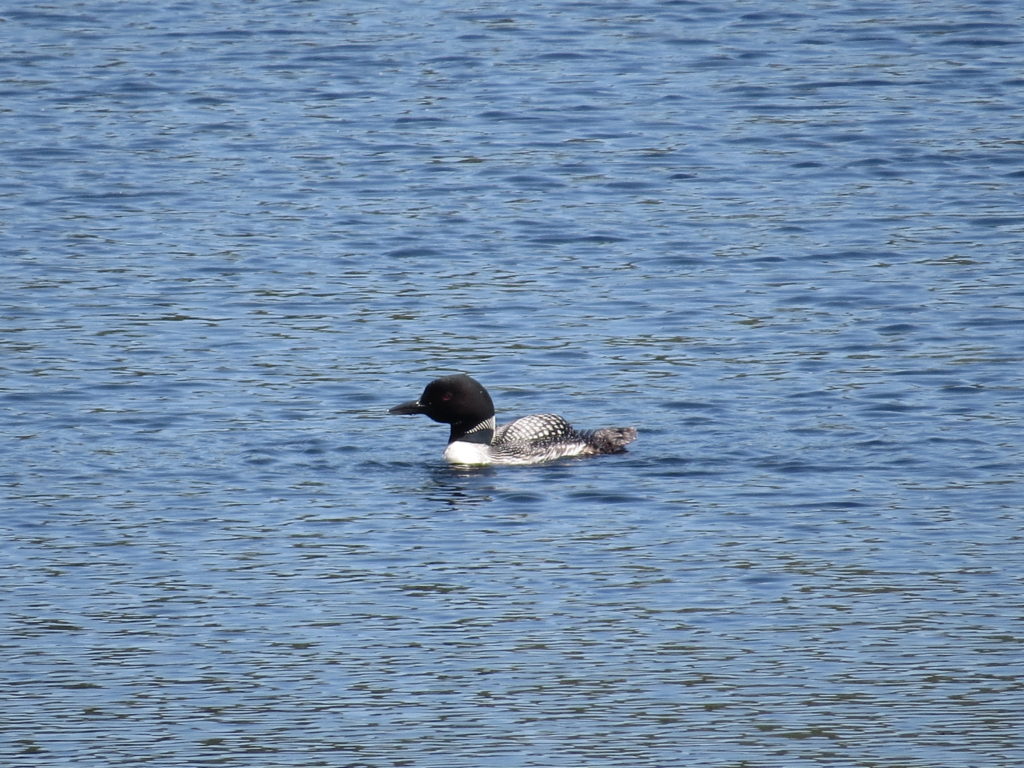
The small, shallow lake was also home for an abundant population of White Water Lilies. While they seriously impede the lake activities of humans, they are actually a food and shelter haven for many insects, amphibians, turtles, ducks, muskrats, beaver, and moose!
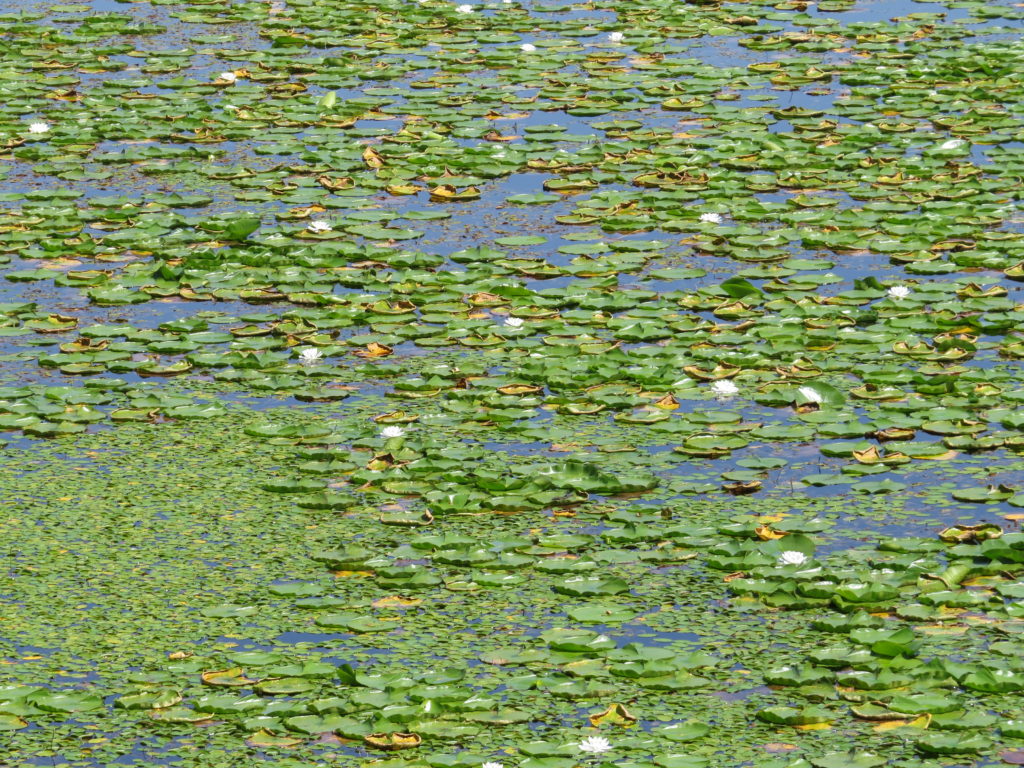
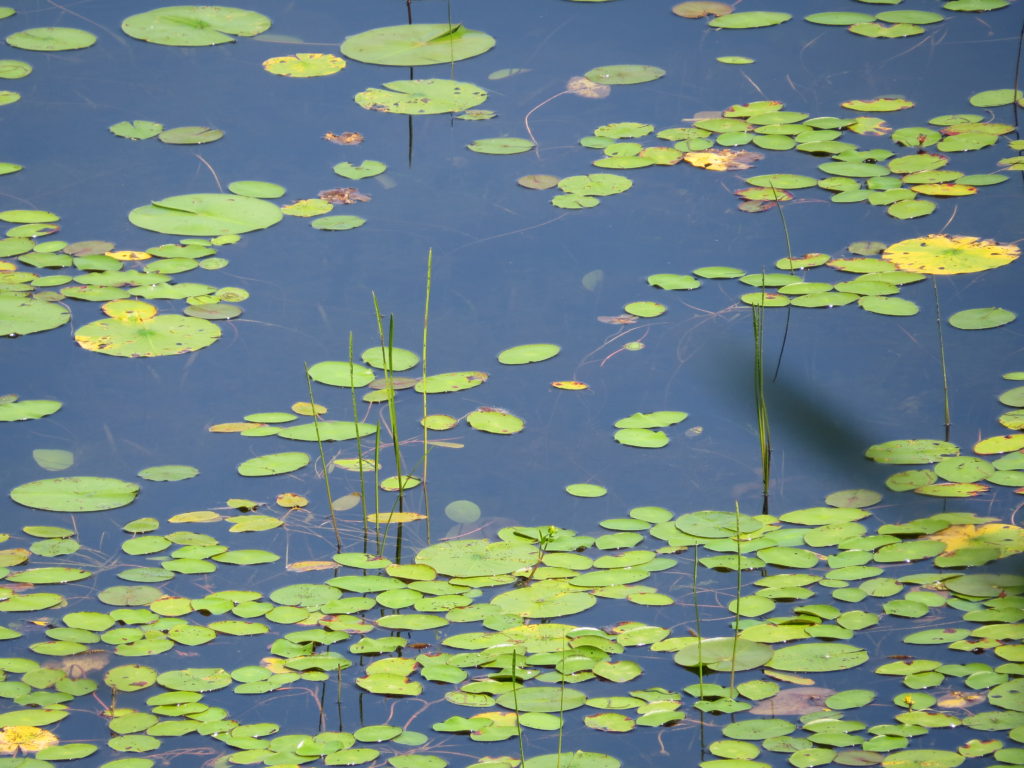
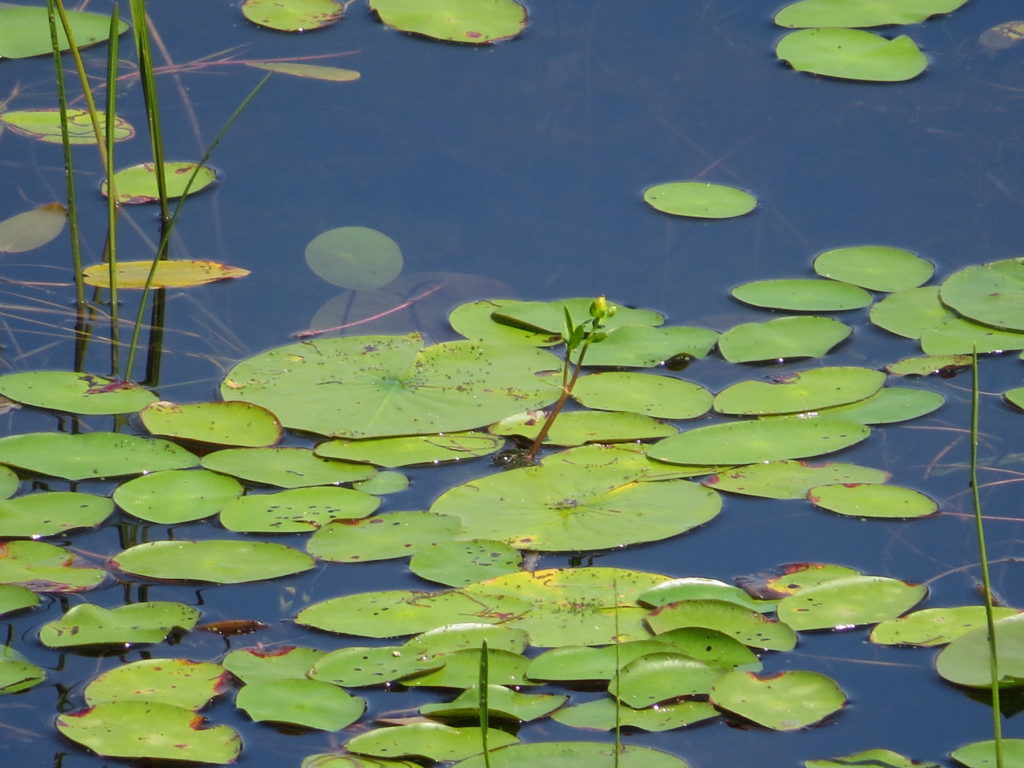
The fragrant flowers close at night and open in the morning and have a profusion of pollen for insects with their forty or more yellow stamens.
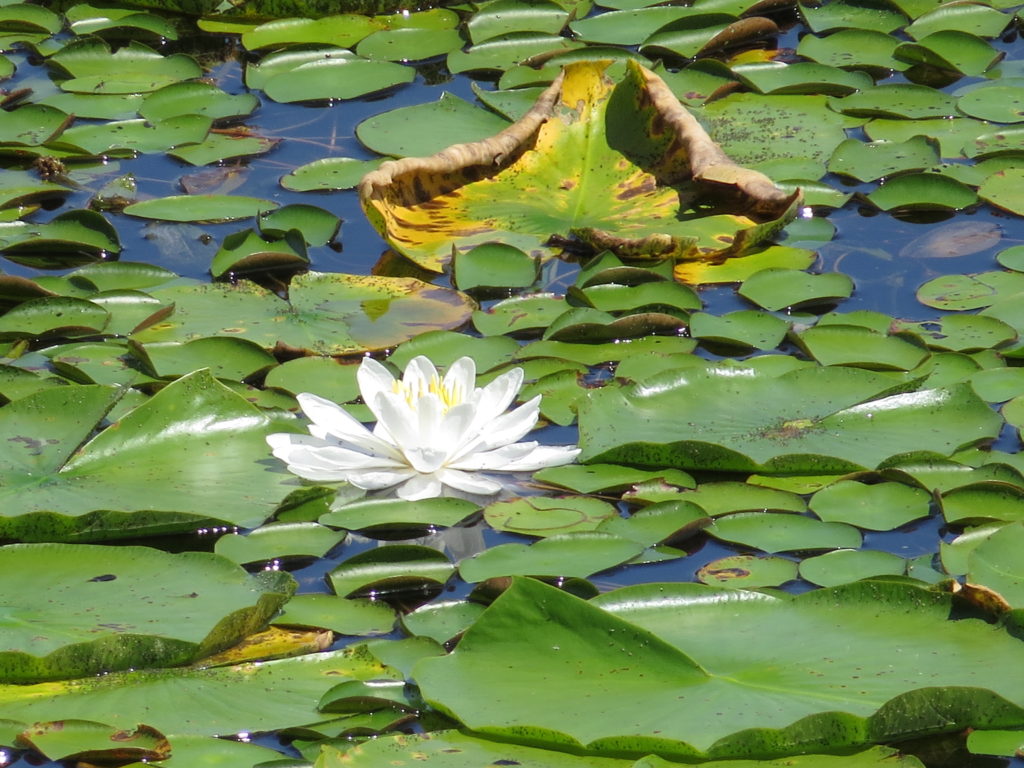
The drought had instigated an early Fall in the forest. Maple seedlings had dried up and would not grow into saplings. Aspen leaves were turning color and dropping to the ground. But in the midst of that, the sun shone on a well-established spider web and created all the colors of the rainbow!
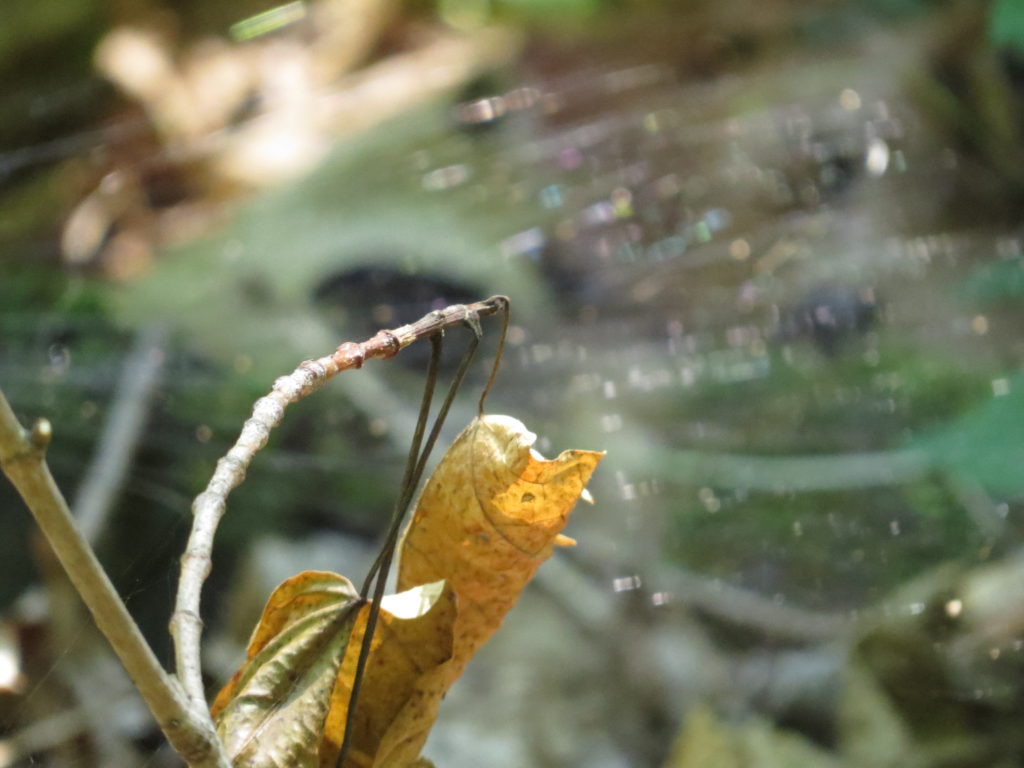
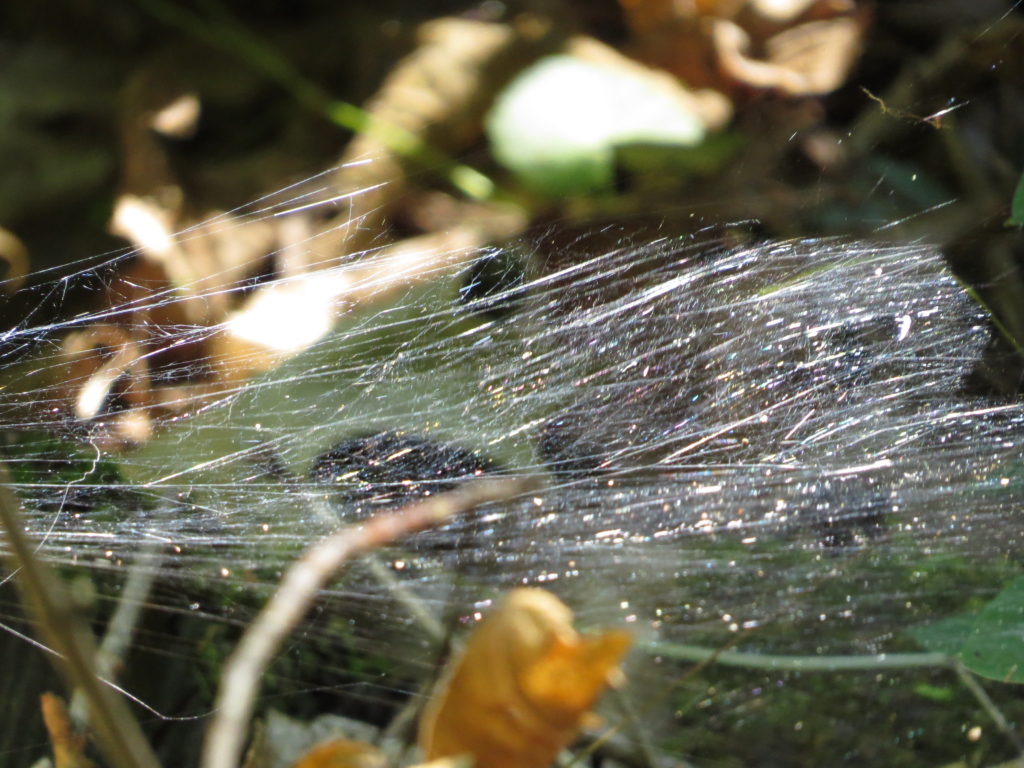
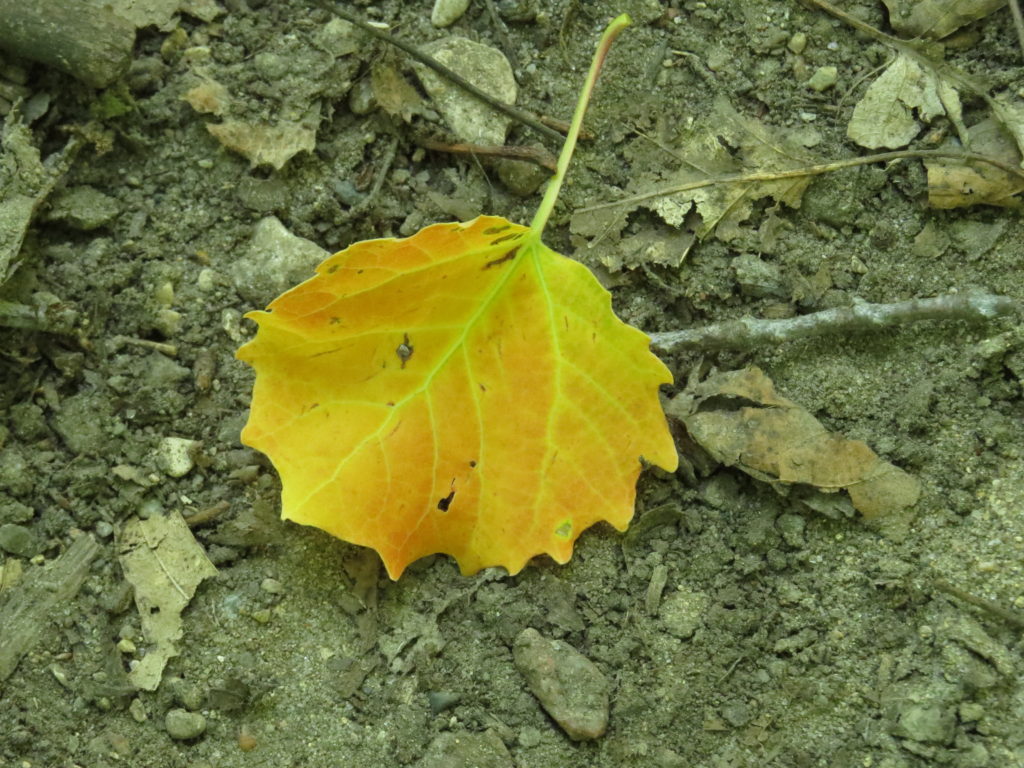
Environmentally (and in many other ways), it feels like we are on shaky ground. Extreme weather is causing unprecedented damage and suffering to people and all God’s creatures around the world. It’s scary. And scared people and animals tend to lash out at others and self-protect in any way possible. The broken trees of society are complex.
I happened to be going to the store this week when I heard an interview on the radio with the Minneapolis author Richard Leider. His latest book is ‘Who Do You Want to Be When You Grow Old? The Path of Purposeful Aging.’ He instructed that our daily purpose in life is to grow and to give—a simple mission we can all undertake. How do I grow today? How do I give today? That is the very purpose of Nature! Growing and giving! The ecosystem isn’t working only for the largest, most powerful of the flora and fauna—it benefits all. One plant like the White Water Lily feeds tiny thrips and gigantic moose, and looks and smells beautiful at the same time.
We live in a world that has some very scary things going on, and people are suffering. Fear has us lashing out at others, making them enemies, while history and logic are defied and defiled. We want to defend ourselves, take for ourselves, hold on to our own ideas. We end up hurting others—and ourselves. It is the antithesis of growing and giving, the antithesis of Nature. Think about how much each of us is blessed by Nature’s growing and giving—not just blessed, but sustained. Nature can flourish without us. We cannot live without Nature. I can’t help but have a foreboding feeling that we’re not doing enough to stop the earth wreck. But I will continue to appreciate and share the incredible beauty and intelligence of our natural world in hopes of making a difference. Let us not destroy what we love. I’m going to hold on to the Hallelujahs.